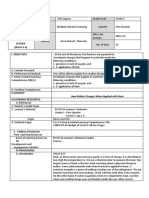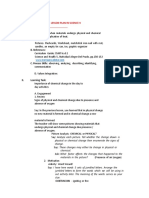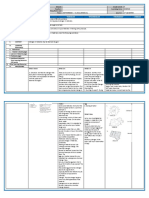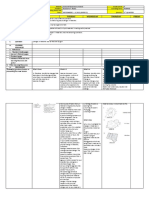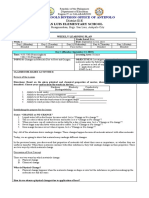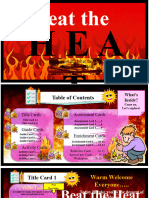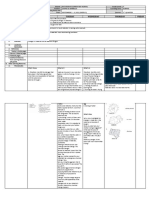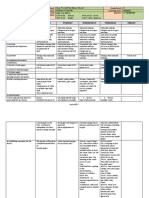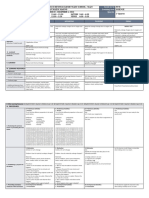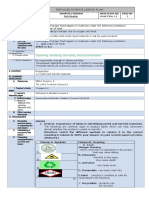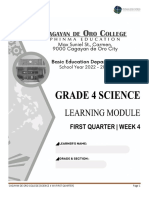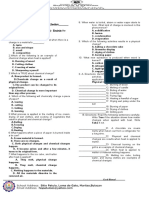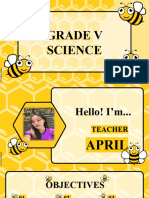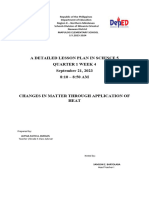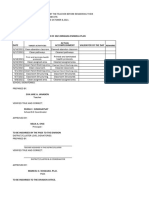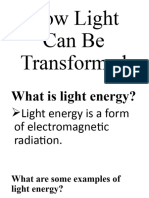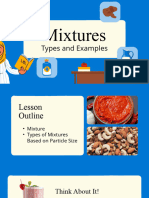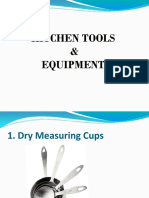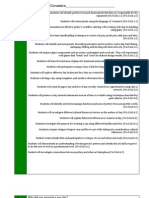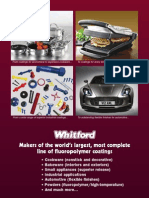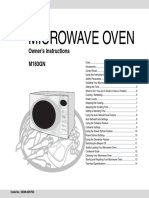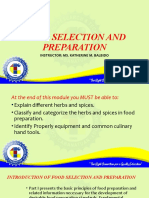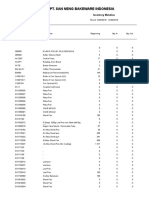0% found this document useful (0 votes)
45 views6 pagesSIM Lesson Plan
This document contains a post-test answer key and science lesson plan about changes in materials under the application of heat. The post-test key has 10 multiple choice questions testing students' understanding of heat, physical changes, chemical changes, and examples of each. The lesson plan aims to teach students to identify changes that occur in materials when heat is applied. It includes eliciting prior knowledge, engaging students with examples, an exploring activity where students observe frozen oil and ice cubes heating, and explaining the concepts of physical and chemical changes with examples. Students are then given a group activity to apply their learning before evaluation and additional extension activities.
Uploaded by
RASSEL DULOSCopyright
© © All Rights Reserved
We take content rights seriously. If you suspect this is your content, claim it here.
Available Formats
Download as DOCX, PDF, TXT or read online on Scribd
0% found this document useful (0 votes)
45 views6 pagesSIM Lesson Plan
This document contains a post-test answer key and science lesson plan about changes in materials under the application of heat. The post-test key has 10 multiple choice questions testing students' understanding of heat, physical changes, chemical changes, and examples of each. The lesson plan aims to teach students to identify changes that occur in materials when heat is applied. It includes eliciting prior knowledge, engaging students with examples, an exploring activity where students observe frozen oil and ice cubes heating, and explaining the concepts of physical and chemical changes with examples. Students are then given a group activity to apply their learning before evaluation and additional extension activities.
Uploaded by
RASSEL DULOSCopyright
© © All Rights Reserved
We take content rights seriously. If you suspect this is your content, claim it here.
Available Formats
Download as DOCX, PDF, TXT or read online on Scribd
/ 6


